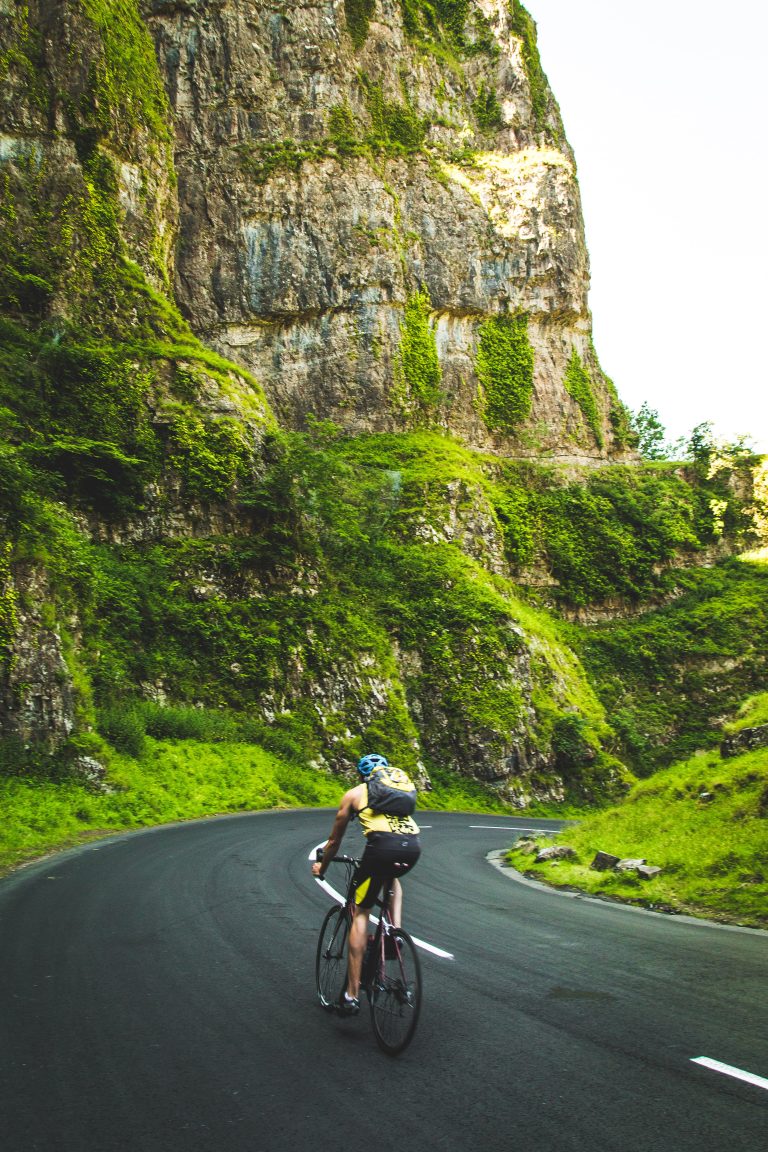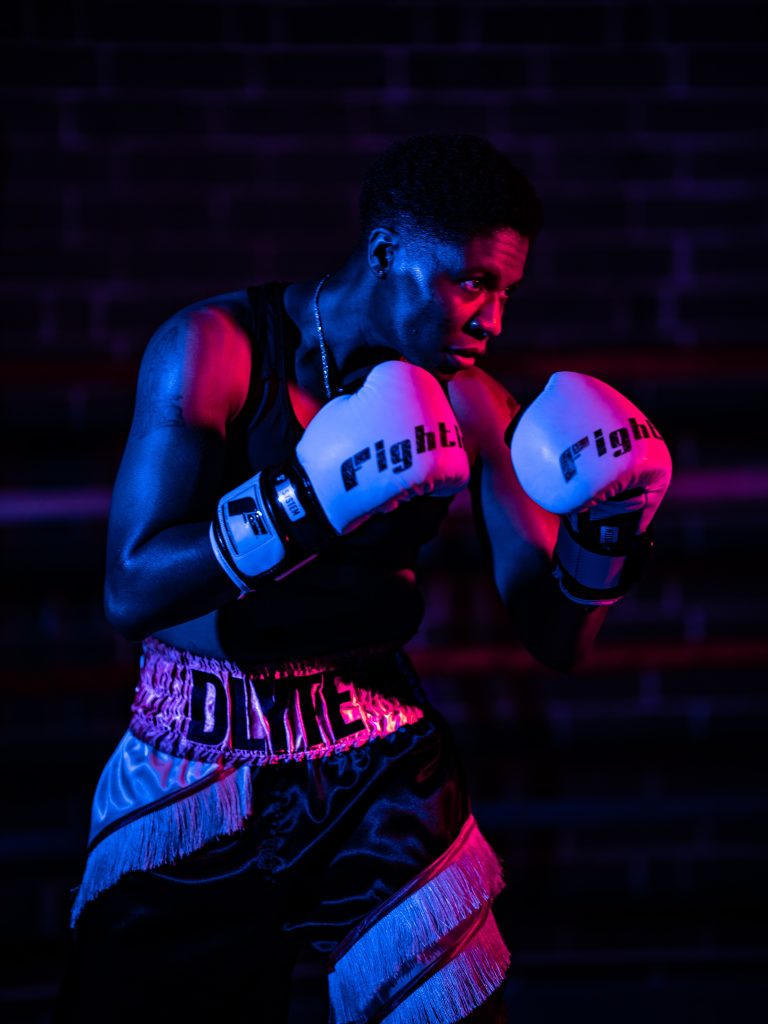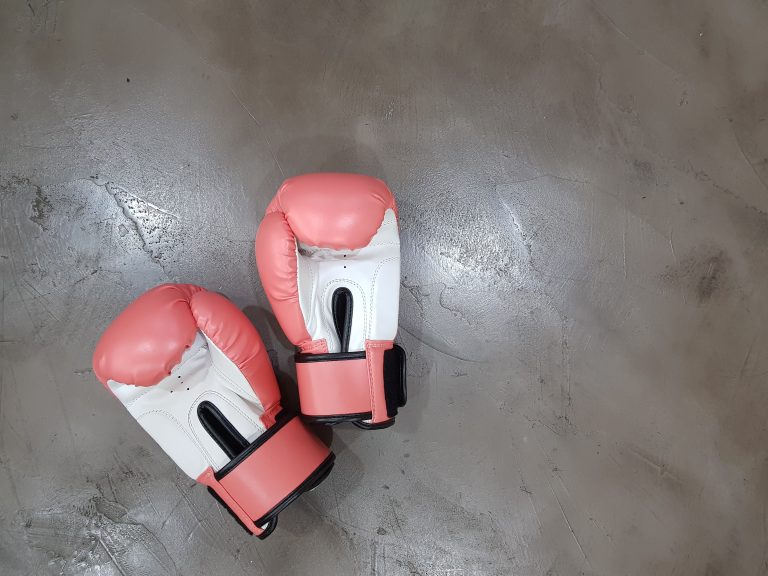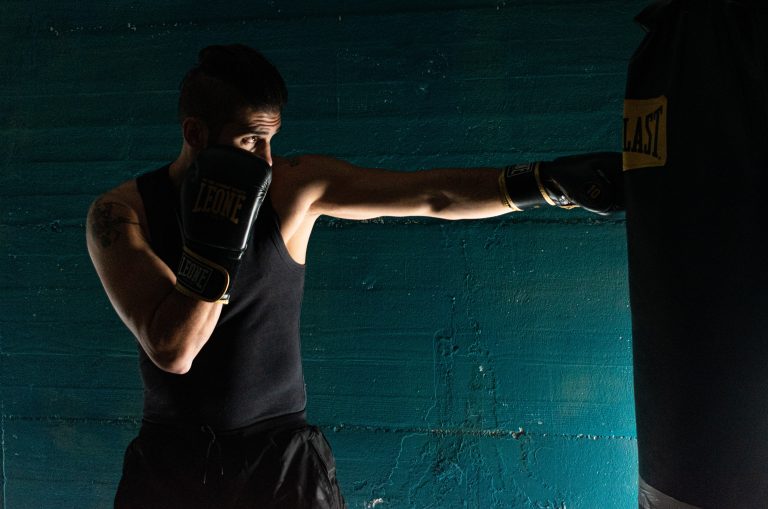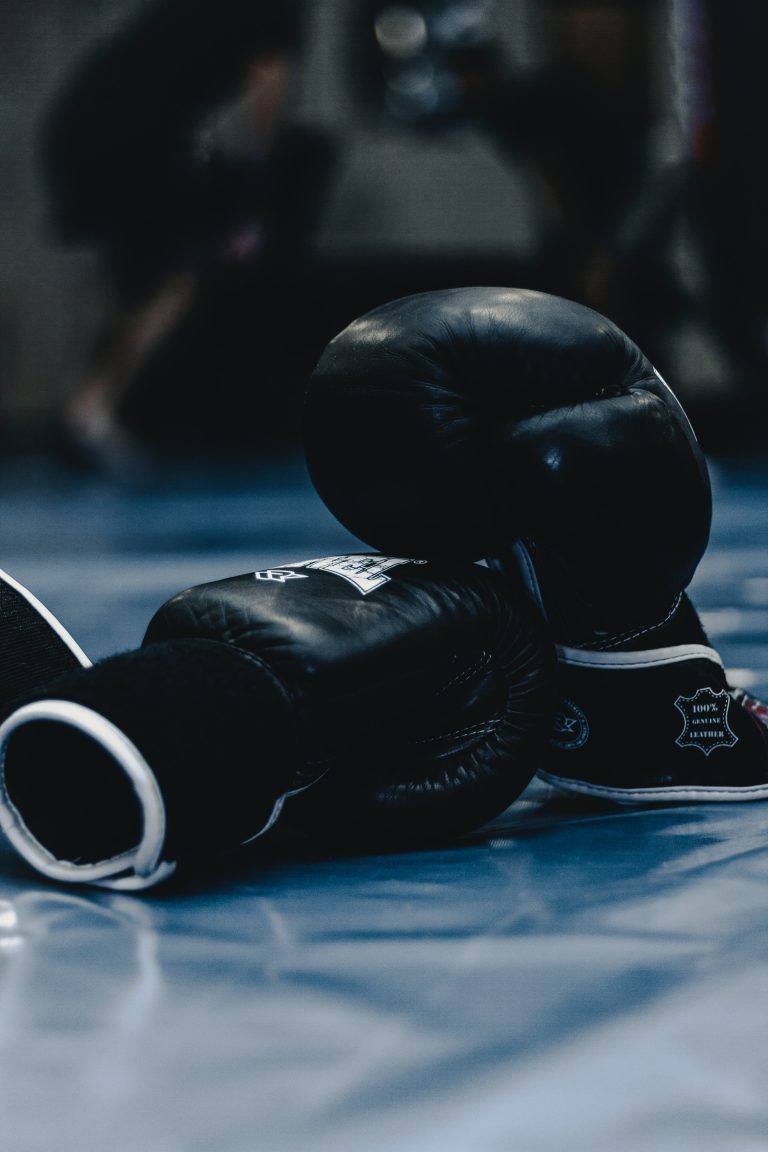Is Karate Only a Japanese Martial Art?
Karate has been with us for hundreds of years and its origins have been widely debated for as long as it has existed. It’s widely accepted to have been developed in Okinawa, Japan and despite its mixing of Chinese and native Okinawan martial arts in its formation, it is often associated exclusively with Japan. But is karate only a Japanese martial art?
This article explores the history of this fascinating fighting system and the various martial arts from around the world that share karate’s roots. We examine the similarities between these ancient fighting styles and take a look at how they differ in terms of technique and training.
What is Karate?
Karate is a martial art system that originated in Okinawa, Japan. It is a striking art that combines striking with throws and holds, as well as the use of weapons. It is considered to be the most popular of all martial arts due to its worldwide reach, with students participating in competitions in numerous countries around the world.
The term “karate” itself literally means “empty hands” or “Chinese hand.” This largely reflects the Chinese influence that has become synonymous with the art. However, karate draws upon a variety of martial arts from around the world, including Okinawan kobudo (weapons) and Chinese gung fu. Karate has been formally practiced since the 17th century, although the origins trace back much further into antiquity.
Is Karate Only Japanese?
One common misconception about karate is that it is exclusively Japanese. While karate does have its origin in Okinawa, it is not just a Japanese martial art. Instead, it is a blend of a number of Asian martial arts systems, including Chinese gung fu, Okinawan kobudo, and Chinese qi gong.
Each of these systems had their own style and approach to combat and each style of karate has developed its own unique techniques, strategies, and theories over time. Furthermore, while Okinawan karate is primarily associated with Japan today, it was not until the 20th century that Karate caught on in Japan.
Even today there are variations in how karate is taught and studied in different parts of the world. In Japan, for example, there is a distinction between traditional or classical karate (often referred to as “old-style”) and modern competitive or sport karate (“new-style”).
Even within Japan, karate is not unanimously seen as solely Japanese. During the empire period in Japan (1868-1945), Japan sought to elevate its status by appropriating aspects of foreign cultures, including martial arts from China and Okinawa. While this facilitated the growth of karate both in Japan and abroad, it also resulted in some local styles being seen as foreign to the Japanese people, who would distinguish between imported “Okinawan” and local “Japanese” karate styles.
Other Asian Martial Arts
Karate is far from the only martial art system that originated in Asia. In fact, there is an entire range of combat systems that draw on Asian philosophies, such as:
- Tae Kwon Do – A Korean system focused on kicking techniques
- Kung Fu – A Chinese system focusing on internal power
- Tai Chi – A Chinese system focusing on qigong exercises
- Jeet Kune Do – A hybrid system combining elements from various Asian systems developed by Bruce Lee
- Aikido – A Japanese system focused on redirecting energy
Each of these systems have been influenced by their country or region’s own style of combat and culture. While karate draws heavily on concepts from Chinese martial arts, for example, it is not the same as one of its predecessors – instead it has been modified and adapted over time to meet the demands of the modern world. Likewise, many other popular Asian martial arts share similarities with karate while being distinct in their own right.
Conclusion
No matter how much it has evolved over time, there is no denying that Karate has its roots firmly set in Okinawa and China. While it may be widely associated with Japan today, it by no means exclusive, having drawn from and inspired numerous other Asian martial arts systems. Karate’s rich history and varied influences have helped make it one of the most popular martial arts in the world and its practitioners are likely to continue honing their skills for many years to come.
Is Karate Only a Japanese Martial Art?
Karate is one of the world’s most popular martial arts and it has a rich history, but unfortunately, it is clouded in myths and misconceptions. One of the most common misconceptions about karate is that it is strictly a Japanese martial art. In this blog post, we will answer some of the most frequently asked questions regarding this topic.
What is Karate?
Before we dive into the topic, it’s important to give a brief introduction to Karate. Karate is a martial art that originated in Okinawa, Japan. It involves a combination of striking techniques such as punching, kicking, knee and elbow strikes, as well as grappling, joint locking, throws, and other techniques.
Karate was developed in Okinawa over many centuries by Okinawans who were forbidden to carry weapons by Japanese samurai rulers. The Okinawans developed karate as a form of self-defense against these weapon-wielding oppressors.
Is Karate Only a Japanese Martial Art?
No, Karate is not only a Japanese martial art. While it originated in Okinawa, Japan, it has spread all over the world and has been influenced by other cultures. Karate today is a global martial art with practitioners in almost every corner of the world.
However, it’s important to note that the mainstream styles of Karate such as Shotokan, Goju-Ryu, and Uechi-Ryu, still have strong ties to Japan, as they were developed and popularized in Japan after World War II. These styles have been modified and adapted to suit the needs of practitioners from different regions around the world.
What are the Different Styles of Karate?
There are many different styles of Karate, each with its unique characteristics, techniques, and philosophies. Some of the most popular styles of Karate include:
Shotokan Karate
Shotokan Karate is one of the most popular styles of karate, founded by Gichin Funakoshi in the early 20th century. It is a traditional style of karate that focuses on strong, linear techniques and powerful strikes.
Goju-Ryu Karate
Goju-Ryu Karate was founded by Chojun Miyagi in the 1930s. It is a traditional style of karate that focuses on circular movements, hard and soft techniques, and chokes, holds, and joint locks.
Shito-Ryu Karate
Shito-Ryu Karate was founded by Kenwa Mabuni in the early 20th century. It combines elements of both Shotokan and Goju-Ryu Karate, with a focus on speed and agility.
Wado-Ryu Karate
Wado-Ryu Karate was founded by Hironori Ohtsuka in the 1930s. It combines elements of karate and jujitsu, with a focus on fluid movements and evasion techniques.
Conclusion
In conclusion, while Karate is a martial art that originated in Okinawa, Japan, it is not strictly a Japanese martial art. It has spread all over the world, and each region has adapted it to suit their needs and preferences. Karate is a global martial art with many different styles, each with its unique characteristics and techniques.
Inhaltsverzeichnis

